Rui Du
The NeurIPS 2022 Neural MMO Challenge: A Massively Multiagent Competition with Specialization and Trade
Nov 07, 2023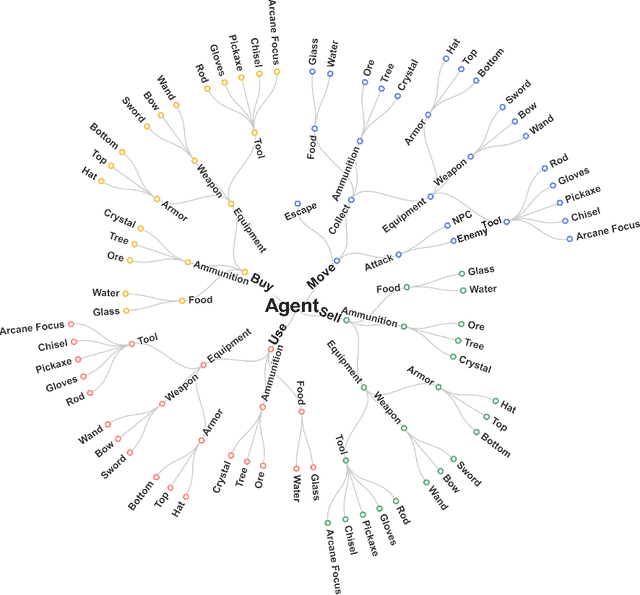



Abstract:In this paper, we present the results of the NeurIPS-2022 Neural MMO Challenge, which attracted 500 participants and received over 1,600 submissions. Like the previous IJCAI-2022 Neural MMO Challenge, it involved agents from 16 populations surviving in procedurally generated worlds by collecting resources and defeating opponents. This year's competition runs on the latest v1.6 Neural MMO, which introduces new equipment, combat, trading, and a better scoring system. These elements combine to pose additional robustness and generalization challenges not present in previous competitions. This paper summarizes the design and results of the challenge, explores the potential of this environment as a benchmark for learning methods, and presents some practical reinforcement learning training approaches for complex tasks with sparse rewards. Additionally, we have open-sourced our baselines, including environment wrappers, benchmarks, and visualization tools for future research.
An Overview on IEEE 802.11bf: WLAN Sensing
Oct 20, 2023Abstract:With recent advancements, the wireless local area network (WLAN) or wireless fidelity (Wi-Fi) technology has been successfully utilized to realize sensing functionalities such as detection, localization, and recognition. However, the WLANs standards are developed mainly for the purpose of communication, and thus may not be able to meet the stringent requirements for emerging sensing applications. To resolve this issue, a new Task Group (TG), namely IEEE 802.11bf, has been established by the IEEE 802.11 working group, with the objective of creating a new amendment to the WLAN standard to meet advanced sensing requirements while minimizing the effect on communications. This paper provides a comprehensive overview on the up-to-date efforts in the IEEE 802.11bf TG. First, we introduce the definition of the 802.11bf amendment and its formation and standardization timeline. Next, we discuss the WLAN sensing use cases with the corresponding key performance indicator (KPI) requirements. After reviewing previous WLAN sensing research based on communication-oriented WLAN standards, we identify their limitations and underscore the practical need for the new sensing-oriented amendment in 802.11bf. Furthermore, we discuss the WLAN sensing framework and procedure used for measurement acquisition, by considering both sensing at sub-7GHz and directional multi-gigabit (DMG) sensing at 60 GHz, respectively, and address their shared features, similarities, and differences. In addition, we present various candidate technical features for IEEE 802.11bf, including waveform/sequence design, feedback types, as well as quantization and compression techniques. We also describe the methodologies and the channel modeling used by the IEEE 802.11bf TG for evaluation. Finally, we discuss the challenges and future research directions to motivate more research endeavors towards this field in details.
Benchmarking Robustness and Generalization in Multi-Agent Systems: A Case Study on Neural MMO
Aug 30, 2023

Abstract:We present the results of the second Neural MMO challenge, hosted at IJCAI 2022, which received 1600+ submissions. This competition targets robustness and generalization in multi-agent systems: participants train teams of agents to complete a multi-task objective against opponents not seen during training. The competition combines relatively complex environment design with large numbers of agents in the environment. The top submissions demonstrate strong success on this task using mostly standard reinforcement learning (RL) methods combined with domain-specific engineering. We summarize the competition design and results and suggest that, as an academic community, competitions may be a powerful approach to solving hard problems and establishing a solid benchmark for algorithms. We will open-source our benchmark including the environment wrapper, baselines, a visualization tool, and selected policies for further research.
Fundamental Limits and Optimization of Multiband Sensing
Jul 21, 2022
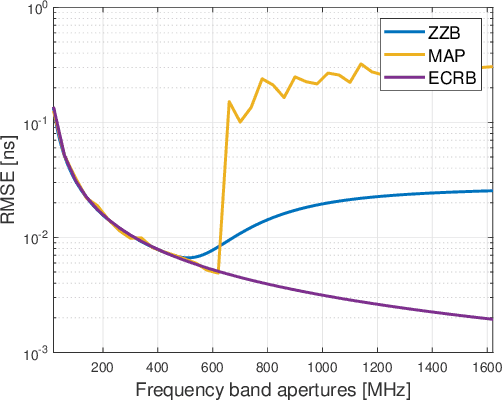
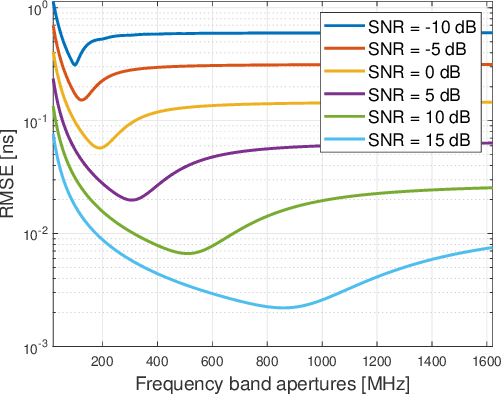
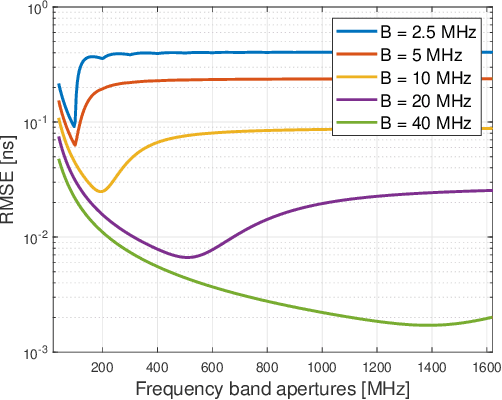
Abstract:Multiband sensing is a promising technology that utilizes multiple non-contiguous frequency bands to achieve high-resolution target sensing. In this paper, we investigate the fundamental limits and optimization of multiband sensing, focusing on the fundamental limits associated with time delay. We first derive a Fisher information matrix (FIM) with a compact form using the Dirichlet kernel and then derive a closed-form expression of the Cramer-Rao bound (CRB) for the delay separation in a simplified case to reveal useful insights. Then, a metric called the statistical resolution limit (SRL) that provides a resolution limit is employed to investigate the fundamental limits of delay resolution. The fundamental limits of delay estimation are also investigated based on the CRB and Ziv-Zakai bound (ZZB). Based on the above derived fundamental limits, numerical results are presented to analyze the effect of frequency band apertures and phase distortions on the performance limits of the multiband sensing systems. We formulate an optimization problem to find the optimal system configuration in multiband sensing systems with the objective of minimizing the delay SRL. To solve this non-convex constrained problem, we propose an efficient alternating optimization (AO) algorithm which iteratively optimizes the variables using successive convex approximation (SCA) and one-dimensional search. Simulation results demonstrate the effectiveness of the proposed algorithm.
Networked Sensing in 6G Cellular Networks: Opportunities and Challenges
Jun 01, 2022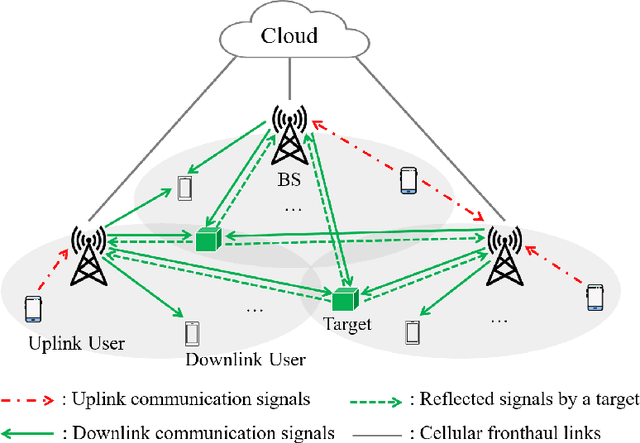
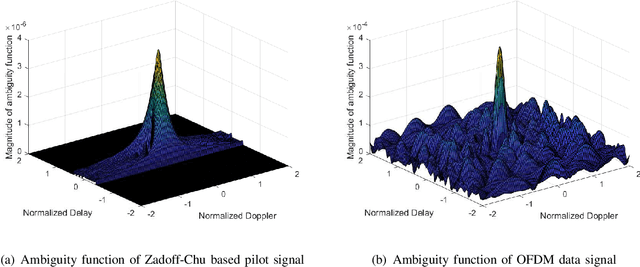
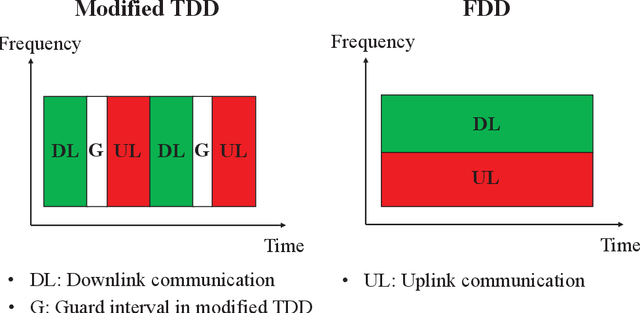
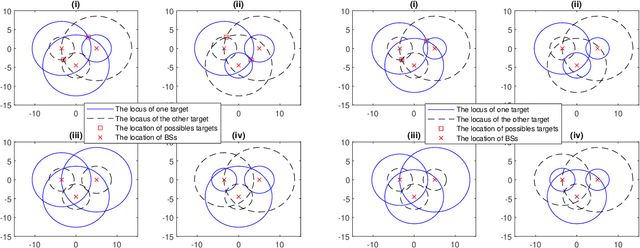
Abstract:Radar and wireless communication are widely acknowledged as the two most successful applications of the radio technology over the past decades. Recently, there is a trend in both academia and industry to achieve integrated sensing and communication (ISAC) in one system via utilizing a common radio spectrum and the same hardware platform. This article will discuss about the possibility of exploiting the future sixth-generation (6G) cellular network to realize ISAC. Our vision is that the cellular base stations (BSs) deployed all over the world can be transformed into a powerful sensor to provide highresolution localization services. Specifically, motivated by the joint encoding/decoding gain in multi-cell coordinated communication, we advocate the adoption of the networked sensing technique in 6G network to achieve the above goal, where the BSs can share the sensing information with each other for jointly estimating the locations and velocities of the targets. Several opportunities and challenges to realize networked sensing in the 6G era will be revealed in this article. Moreover, the future research directions for this promising trend will be outlined as well.
A Survey on Fundamental Limits of Integrated Sensing and Communication
Apr 22, 2021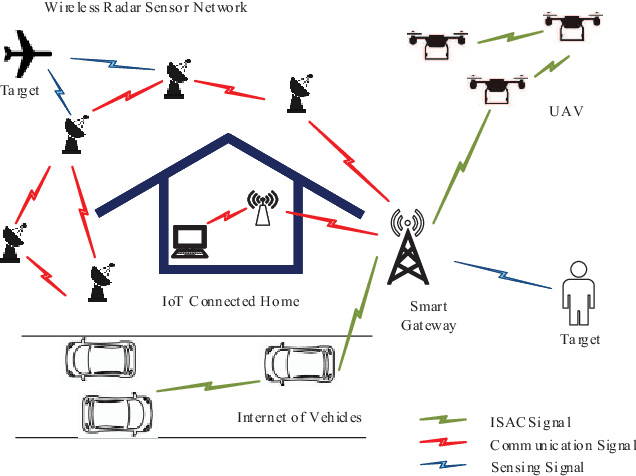
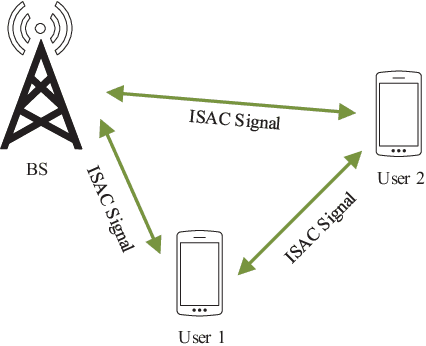
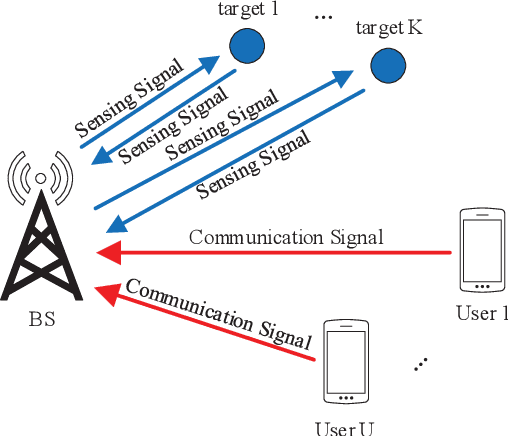
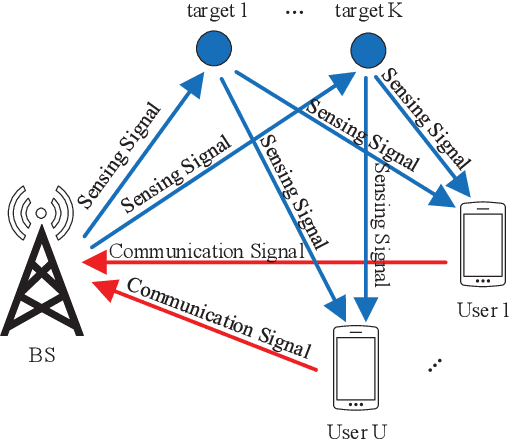
Abstract:The integrated sensing and communication (ISAC), in which the sensing and communication share the same frequency band and hardware, has emerged as a key technology in future wireless systems. Early works on ISAC have been focused on the design, analysis and optimization of practical ISAC technologies for various ISAC systems. While this line of works are necessary, it is equally important to study the fundamental limits of ISAC in order to understand the gap between the current state-of-the-art technologies and the performance limits, and provide useful insights and guidance for the development of better ISAC technologies that can approach the performance limits. In this paper, we aim to provide a comprehensive survey for the current research progress on the fundamental limits of ISAC. Particularly, we first propose a systematic classification method for both traditional radio sensing (such as radar sensing and wireless localization) and ISAC so that they can be naturally incorporated into a unified framework. Then we summarize the major performance metrics and bounds used in sensing, communications and ISAC, respectively. After that, we present the current research progresses on fundamental limits of each class of the traditional sensing and ISAC systems. Finally, the open problems and future research directions are discussed.
Quasi-Monte Carlo sampling for machine-learning partial differential equations
Nov 05, 2019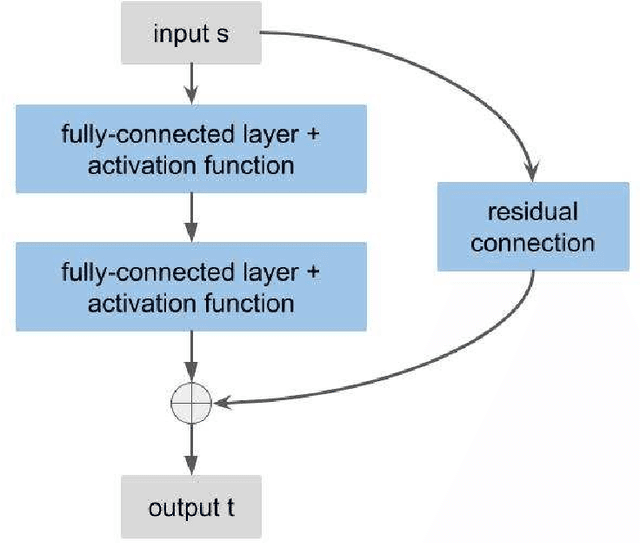
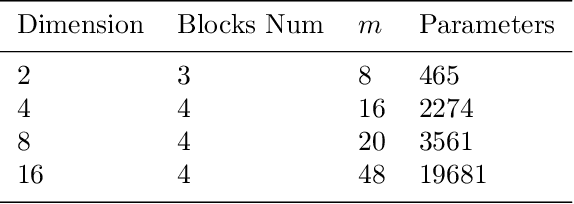
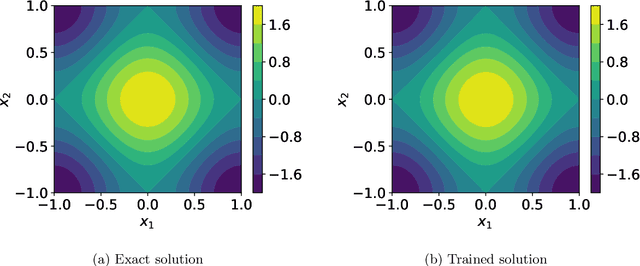
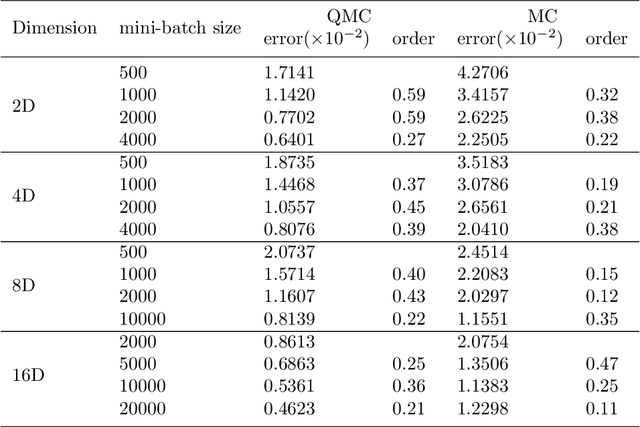
Abstract:Solving partial differential equations in high dimensions by deep neural network has brought significant attentions in recent years. In many scenarios, the loss function is defined as an integral over a high-dimensional domain. Monte-Carlo method, together with the deep neural network, is used to overcome the curse of dimensionality, while classical methods fail. Often, a deep neural network outperforms classical numerical methods in terms of both accuracy and efficiency. In this paper, we propose to use quasi-Monte Carlo sampling, instead of Monte-Carlo method to approximate the loss function. To demonstrate the idea, we conduct numerical experiments in the framework of deep Ritz method proposed by Weinan E and Bing Yu. For the same accuracy requirement, it is observed that quasi-Monte Carlo sampling reduces the size of training data set by more than two orders of magnitude compared to that of MC method. Under some assumptions, we prove that quasi-Monte Carlo sampling together with the deep neural network generates a convergent series with rate proportional to the approximation accuracy of quasi-Monte Carlo method for numerical integration. Numerically the fitted convergence rate is a bit smaller, but the proposed approach always outperforms Monte Carlo method. It is worth mentioning that the convergence analysis is generic whenever a loss function is approximated by the quasi-Monte Carlo method, although observations here are based on deep Ritz method.
 Add to Chrome
Add to Chrome Add to Firefox
Add to Firefox Add to Edge
Add to Edge